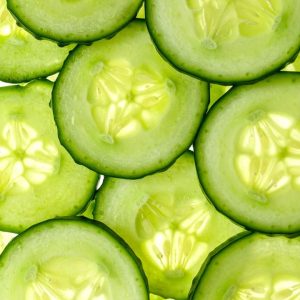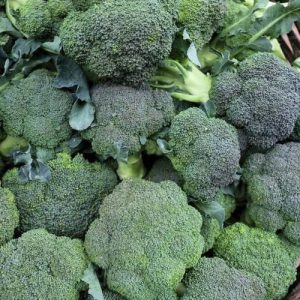
Some of the tastiest dishes around the world can also be prime carriers of parasites. While that doesn’t mean you must give them up entirely, it’s wise to limit your intake or prepare them safely to avoid health risks.
1. Chicken Head
The head of an older chicken can accumulate endotoxins over time. Since there’s very little meat and a higher risk of parasite contamination, it’s better to eat this dish only occasionally.
2. Steak (Especially Rare or Medium-Rare)

Undercooked beef, especially steak served rare, can harbor parasites and harmful bacteria. For safety, steaks should be cooked thoroughly, even if that means sacrificing a bit of tenderness.
3. Eel
Eels often live in sandy or muddy environments, which makes them prone to carrying parasites. If not properly cleaned, they may also retain a gritty, sandy taste. Thorough cleaning and cooking are essential before enjoying eel dishes.
4. Sashimi
Raw sashimi is a delicacy for many, but it’s also one of the riskiest foods when it comes to parasites. Because it’s never exposed to high cooking temperatures, parasites may survive in the flesh. Moderation and ensuring freshness from a trusted source are key.
5. Oysters

Oysters are soft, flavorful, and popular worldwide. However, they are naturally prone to harboring bacteria and parasites, especially if eaten raw or undercooked. Simple grilling often doesn’t reach a high enough temperature to kill these microorganisms. Unless you can guarantee safe handling and cooking, it’s best to reduce oyster consumption.
Bottom line: Many beloved foods also attract parasites. By being mindful of preparation, cooking methods, and portion sizes, you can enjoy these dishes while protecting your health.




